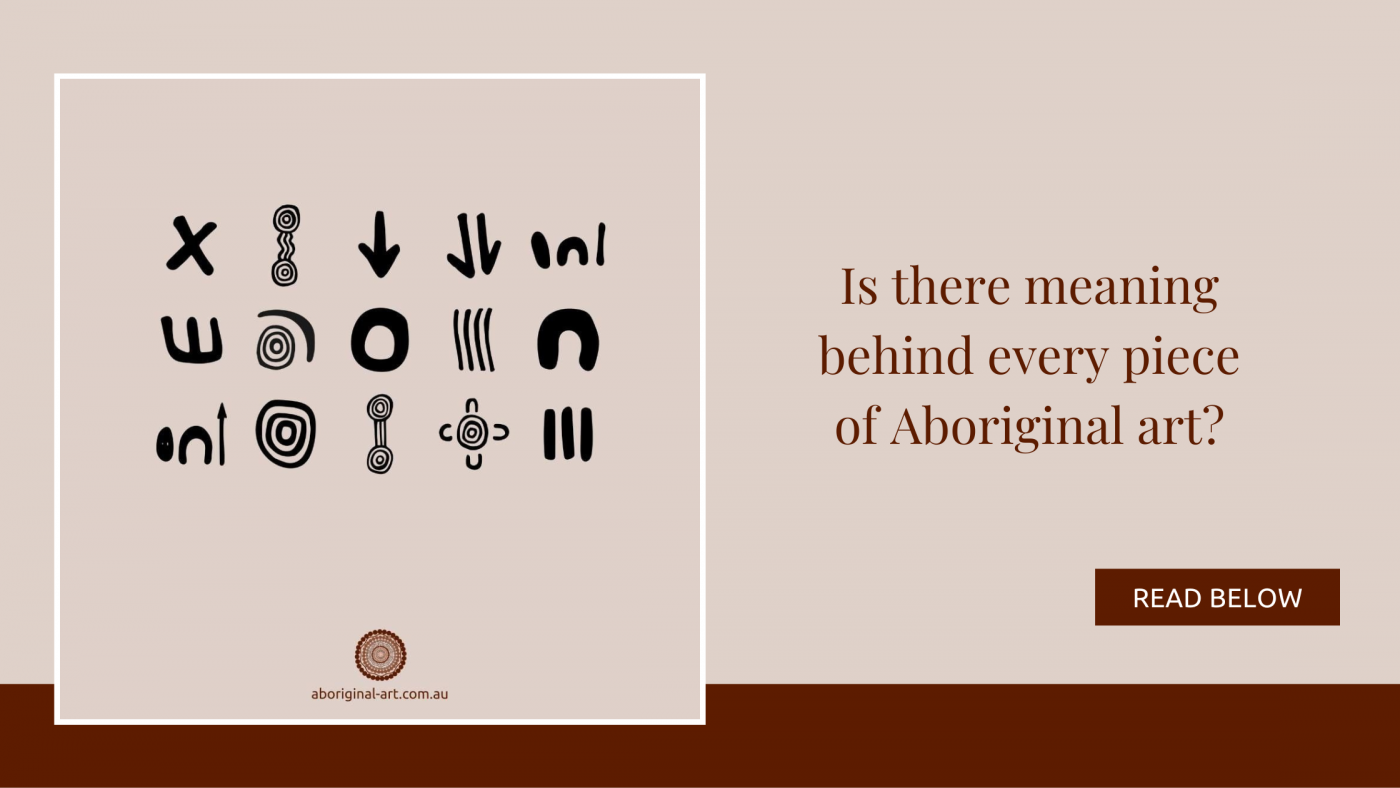Arts and Culture
Is there meaning behind every piece of Aboriginal art?

There is more to Aboriginal art than meets the eye. It isn’t simply about coming up with pretty patterns and shapes. The use of these symbols is a complex but vital part of their culture and history. The First Nations people communicated through stories and symbols instead of a written language. They are used to tell stories or experiences, convey spiritual knowledge, and represent different aspects of their culture. These stories were passed down from generation to generation through oral tradition and songlines.
There are a number of different symbols that are commonly used in Aboriginal art. Here are just a few examples:
- Circle: Represents the sun, moon and stars as well as unity and completion.
- U shape: Represents the nurturing role of women within the community.
- Stretching lines: Depict the journeys taken by the creator beings during the dreamtime.
- Dot painting: A form of story-telling that uses dots to create patterns and images.
As you can see, each one has a specific meaning and purpose. However, it is important to keep in mind that these symbols have certain restrictions. Some of them can only be used by males, while others are only used exclusively within the community.
Because of this, it is important to have a deep understanding of the culture before attempting to use any of their symbols.
Unfortunately, with the loss of traditional knowledge holders, some of this information has been lost.
But many groups and individuals are working to document these stories so they can be preserved and passed down for future generations.
Hopefully, this has given you an overview of some of the symbols commonly used in Aboriginal art.